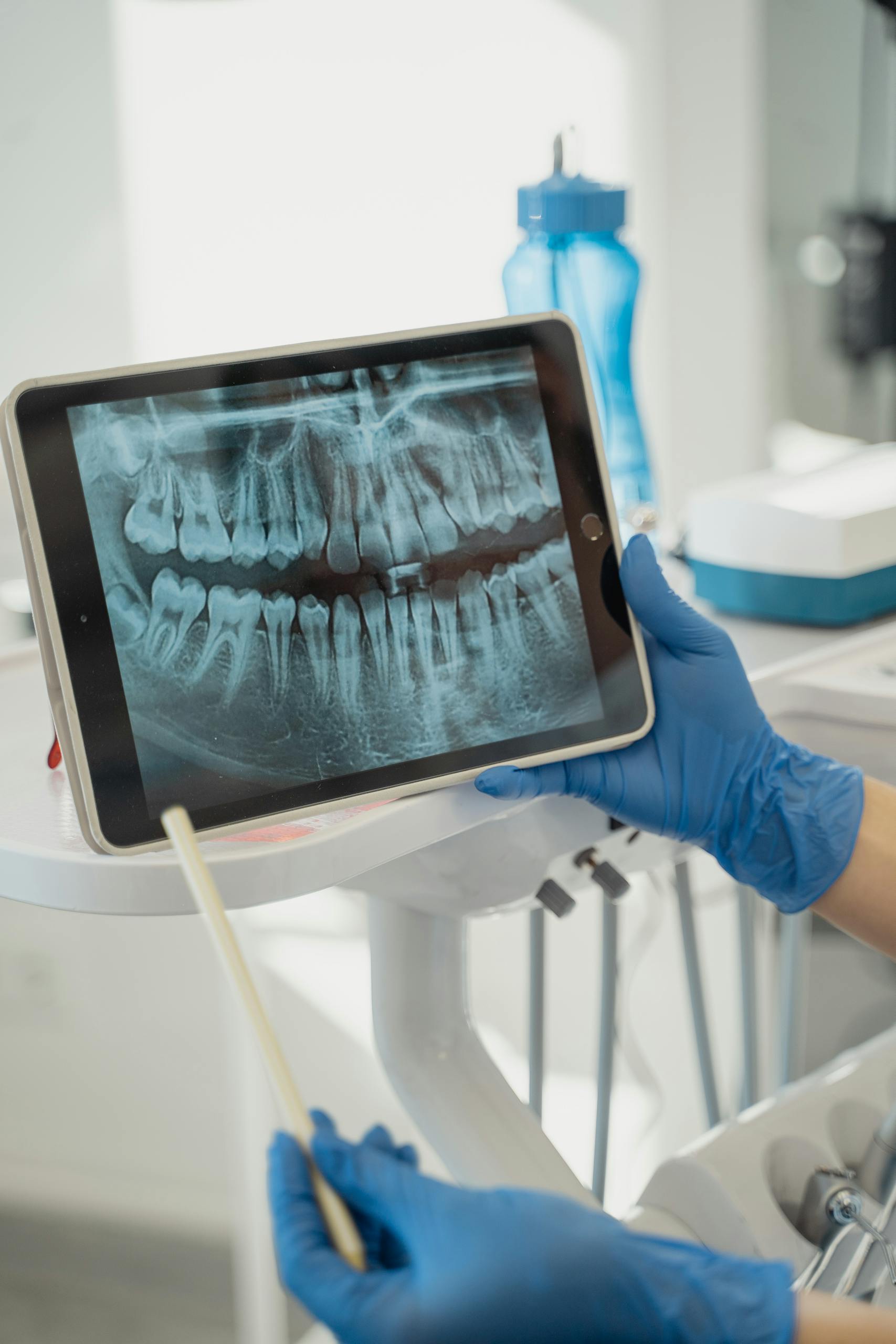
Texting makes Your Jaw Tight
Texting while Grinding: Phone Use Triggers Jaw Tension
You probably don’t give much thought to your posture while using your phone—until that familiar neck or jaw ache sets in. What you might not realize is that your phone posture can be doing more than just causing “tech neck”; it could be triggering bruxism, or teeth grinding. This connection between phone use, posture, and dental health is gaining attention, as the growing prevalence of smartphones and other devices adds new challenges to maintaining good posture.
What Is “Tech Neck”?
“Tech neck” is a term coined to describe the forward head posture that occurs when you look down at a screen for long periods. This posture places enormous strain on your neck and upper back. In a neutral position, your head weighs about 10-12 pounds, but as you tilt it forward, the weight increases significantly. At a 60-degree angle, which is common when looking down at a phone, your neck feels the pressure of roughly 60 pounds!
However, the impact of tech neck doesn’t stop at neck strain. The forward-tilting posture also influences your jaw, mechanically causing it to clench—often without you even realizing it. This tension, if left unchecked, can lead to or worsen bruxism, contributing to headaches, jaw pain, and worn-down teeth.
The Hidden Link Between Posture and Bruxism
Imagine this: You’re scrolling through social media, checking emails, or watching videos on your phone. Your focus is entirely on the content, and your body has slipped into a less-than-ideal posture. Your head is tilted forward, your neck is strained, and your jaw has subtly tightened. Unconsciously, you’ve created the perfect environment for jaw tension and teeth grinding.
Looking down at your phone alters the alignment of your neck and jaw. As your head tilts forward, the muscles around the temporomandibular joint (TMJ)—the hinge that connects your jawbone to your skull—start to tighten. This tightening leads to clenching, which can either trigger or exacerbate bruxism. Essentially, what starts as an innocent habit of poor posture while using your phone can evolve into a dental problem.
Why You Don’t Notice the Tension
Most of us get so absorbed in our phones that we don’t notice the tension building in our bodies. It’s not just about the angle of your head; it’s about distraction. Engaging content pulls your attention away from what’s happening physically. You might be so engrossed in a funny video or an intense work email that you become unaware of the fact that your jaw is clenched, your shoulders are hunched, and your neck is strained.
The content you’re consuming can also affect your physical responses. Stressful news stories, work emails, or even highly engaging games can create a feedback loop of tension. You’re responding emotionally and mentally to what you’re reading, but this emotional tension can easily translate into physical tension without your conscious awareness.
How to Break the Cycle
Fortunately, there are ways to prevent phone-induced bruxism by addressing posture and muscle tension. Here are some actionable tips to break the cycle:
- Raise Your Screen: Bring your phone up to eye level rather than tilting your head down to meet the screen. This simple shift can significantly reduce the strain on your neck and jaw.
- Take Frequent Breaks: Use the 20-20-20 rule—every 20 minutes, take a 20-second break and look at something 20 feet away. Not only will this rest your eyes, but it will also remind you to check in with your posture and relax your jaw.
- Practice Jaw Relaxation: Try consciously relaxing your jaw during phone use. Keep your teeth slightly apart and breathe deeply to avoid clenching. You can also incorporate jaw-stretching exercises into your routine to relieve tension.
- Stay Mindful of Your Body: Use posture apps or reminders to check in with your body. These tools can alert you when you’ve been in a poor posture for too long, giving you the opportunity to correct it before it causes discomfort.
- Reduce Stress: Since stress can cause you to unconsciously clench your jaw, practicing mindfulness or other stress-management techniques can help. Reducing overall tension will make you less likely to grind your teeth while focused on your phone.
Conclusion
It’s easy to become disconnected from the physical effects of our digital habits, but the way you use your phone might be contributing to a bigger issue: bruxism. By understanding the link between poor phone posture and teeth grinding, you can take steps to protect your body from unnecessary strain. Adjust your posture, stay mindful, and prioritize relaxation to prevent tech neck and jaw tension from becoming long-term problems. After all, your body deserves just as much attention as the content you’re scrolling through.








Leave a Reply